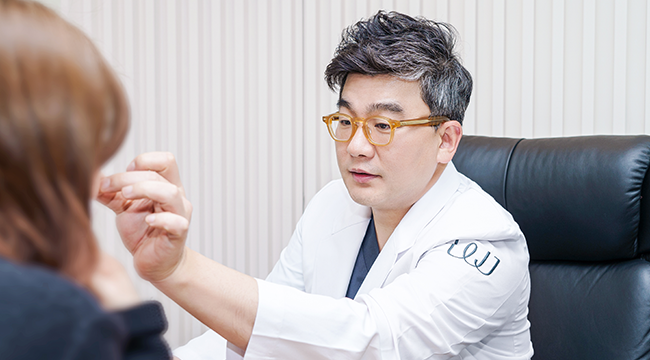SmartPrep2 hair transplant is a procedure that inserts concentrated platelet after centrifugation of your own blood on the balding area.
The growth factor of concentrated platelet works for cyto proliferation, cloning, regeneration,
and blood vessels creation to enhance hair and follicle regeneration. It is noticeable to see the growth of new hair after 3-5 months of your procedure.
SmartPrep2 Hair
(W-ell)

To see the growth
of new hair after 3-5 months
-
Surgery duration
1 – 2 hr
-
-
-
-
Recommended Staying
Period in Korea
1 day
-
Anesthesia
Sedative Anesthesia or N/A
What is SmartPrep2 Hair Transplant?
SmartPrep2 hair transplant is a procedure that inserts concentrated platelet after centrifugation of your own blood on the balding area.
The growth factor of concentrated platelet works for cyto proliferation, cloning, regeneration,
and blood vessels creation to enhance hair and follicle regeneration. It is noticeable to see the growth of new hair after 3-5 months of your procedure.
-
Cyto
proliferation
-
Cyto
cloning
-
Cyto
regeneration
Recommended
to those who
-

Are concerned about the partial hair loss
-

Are concerned about hair loss after giving birth
-

Are concerned about alopecia seborrheica
-

Are concerned about the hair loss on top of the head
-

Are concerned about the hair loss due to poor blood circulation
-

Wish to get natural treatment with less side effects
Principle of SmartPrep2 Hair Transplant
The concentrated growth factors (VEGF, PDGF, FGF, IGF, HGF, TFG) in SmartPrep2 induce new blood vessel development and help more W-ell differentiation.
Ultimately, this induces the growth of fibroblast and endothelial cytos that turns back ongoing hair loss stages of 1,2,3 to normal.
※ SmartPrep2 Hair Transplant is effective on thin hair (3rd stage of hair loss) because it allows the regeneration of hair.
However, regular hair transplant is more effective on the area where there is no hair at all.
General scalp care only improves the condition of scalp. Hair follicle injection can make stronger thinned hair.
But, SmartPrep2 Hair Transplant reinforces hair growth through creation of new blood vessels from deep inside of scalp using extracted adult W-ells.
Why would you choose
Wonjin’s SmartPrep2 Hair Transplant?
-
Able to Analyze Various Different Causes
SmartPrep2 Hair Transplant is appropriate if there is fine soft hair
but it is recommended to combine SmartPrep2 with regular hair transplant procedure if there is no fine soft hair. Therefore, it requires different procedures for different conditions.
Wonjin is fully committed to provide a high-class hair loss treatment to our patients.
-
Reduced Concern of Leaving Scar on Scalp
with Non-incision Injection
Different from regular hair transplant procedure, incision is not required with
SmartPrep2. It is treated with injection that regenerates blood vessels which turns back the hair loss stages of 1, 2, 3 to the normal stage.
-
Maximizes the Effect by Blood Vessel Regeneration
The hair in the hair loss stage may have simple symptoms including scalp damage,
hair damage, and scalp inflammation but more complex symptoms exist in the inner part,
which are sebum secretion disorder, destruction of the hair follicle cytos and blood vessel
contraction. SmartPrep2 Hair Transplant procedure regenerates the blood vessel from
deep inside the scalp which turns back the hair loss stages of 1, 2, 3 to the normal stage.
Incisional Hair Transplant Precautions
-
Precautions [Transplanted area care]
-
Try not to scratch or put any pressure to the surgery area for 1 week after the surgery.
-
Never wash your hair on the day of the surgery.
-
Do not expose the area to sunlight for 5 days after the surgery.
- Apply ice pack on your forehead for 2 days after the surgery. This prevents the swelling on forehead.
-
Incised and collected area care
-
Do not remove the bandage at the back of your head until it is removed at the clinic.
-
Avoid putting your head down or putting pressure on the back of your head for 10 days after the surgery.
- General complications such as bleeding and infection may occur depending on the patient’s condition.

















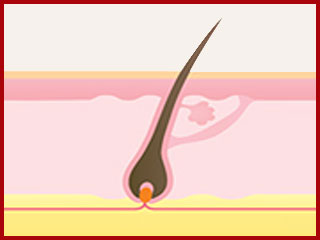
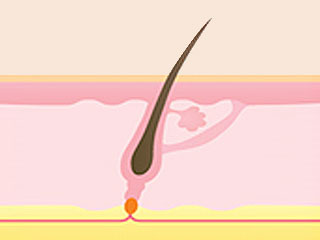
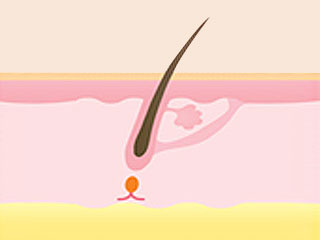
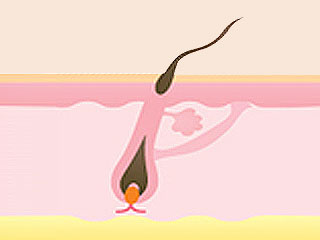
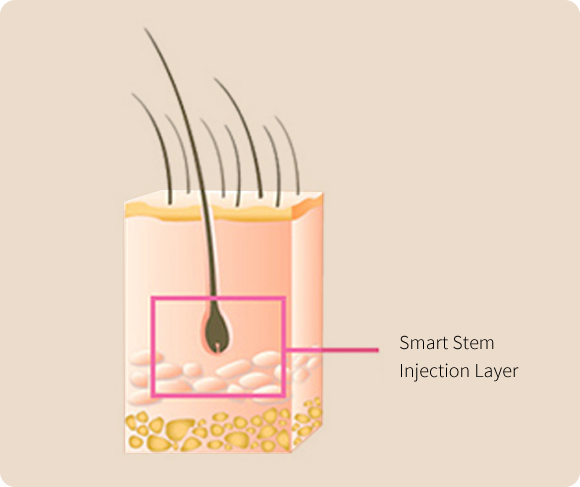
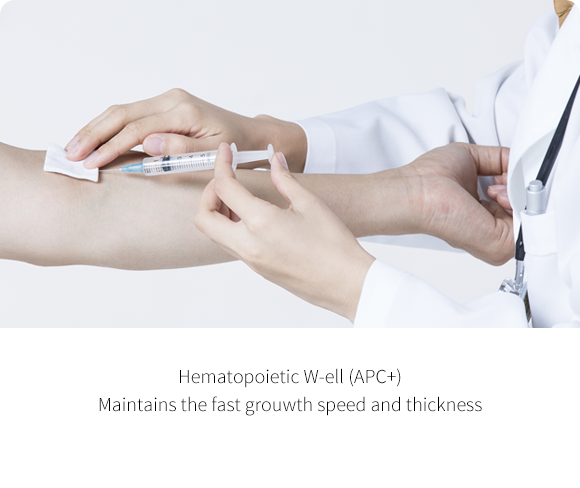
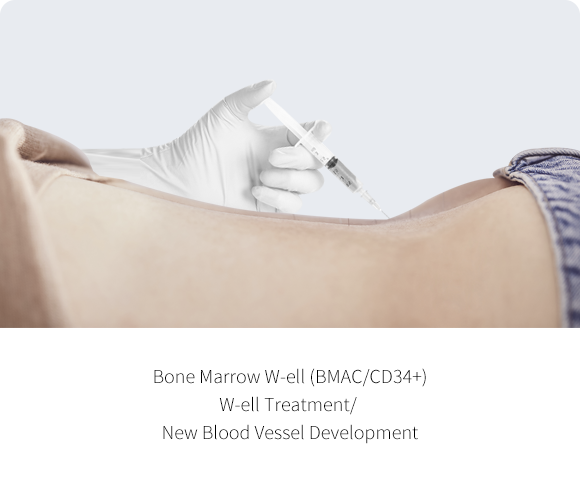

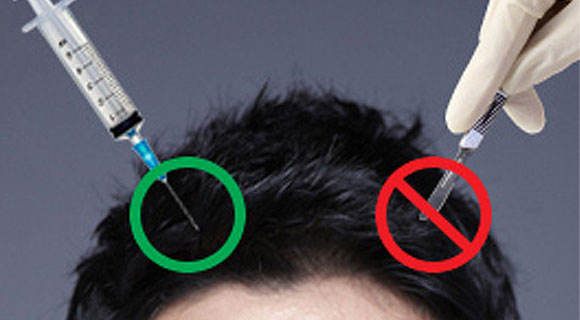
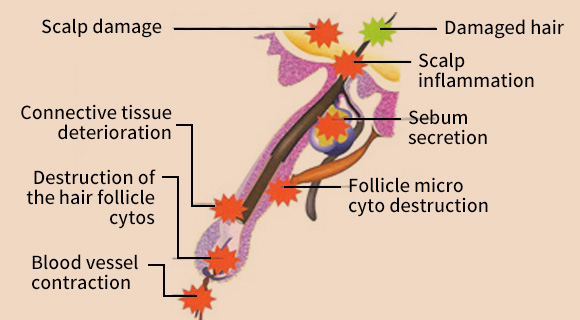
![Precautions [Transplanted area care]](/img/sub/anti_es_precautions_thumimg1.png)
